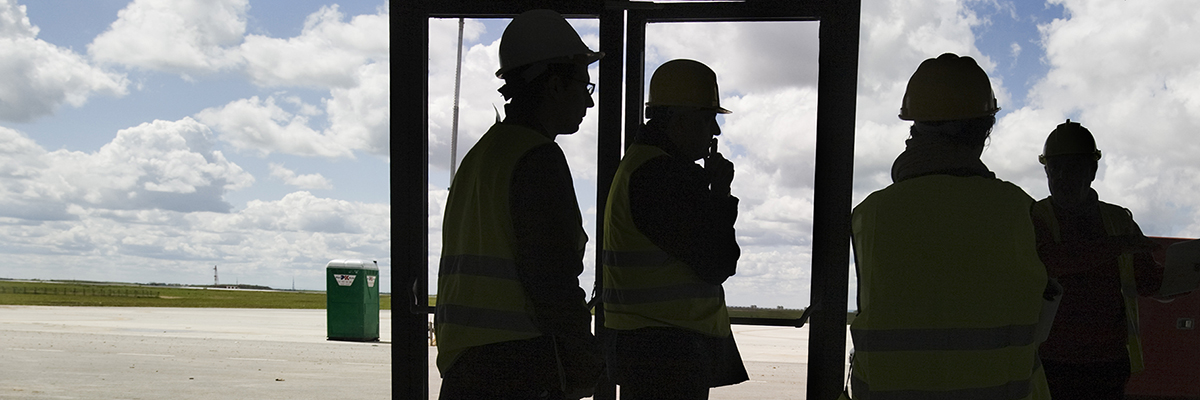The field of engineering is a constant quest for different solutions that suit the requirements of each individual project.
For highly specialised industrial installations, the client is almost always the biggest expert in the different operational processes that they undertake. Therefore, the further they are from their usual working environment, the more they require the guidance of an engineering firm to help make those important decisions.
Taking the specific case of designing an aircraft maintenance hangar, one of the elements that really links the operations (client) and the infrastructure (engineer) are the hangar access doors.
On the market today there are two fundamental types of hangar doors: sliding panel doors mounted on runners and flexible vertically opening doors. Evidently each type has its different advantages and disadvantages; these factors must be analysed and will depend on:
On the market today there are two fundamental types of hangar doors: sliding panel doors mounted on runners and flexible vertically opening doors.
– The building: the amount of floor space taken up by the runners must be taken into account. This is not due to possible impacts on cost (the electricity used is the same), but due to possible impacts on the area designated for the different work activities. There may be restrictions regarding the available area for the building, for example. If this is the case, then a storage compartment should be considered. Although this will increase the cost of the infrastructure itself, it will allow for a far better aesthetical appearance in the building.
– The interior conditions: this is one of the most important selection criteria; a sliding door allows the use of insulated panels that offer an improved overall transmission coefficient for the building, therefore having an impact on the interior comfort of the hangar. The vertical doors, on the other hand, are noted for their level of tightness, reducing the amount of dust and air that enters the hangar. This is especially important during maintenance work.
– The operation: The opening speed required should depend on the number of aircraft entry and exit operation that will take place. This is usually directly related to the objective of the hangar in terms of levels of maintenance activity. In this sense, the larger the door, the more advantages there are with the flexible vertical type. On the other hand, a door using the sliding independent panel system will allow vehicles to move between areas in the hangar.
Based on our previous experience providing satisfactory solutions, there are occasions where the client will simply opt for the solution that they are familiar with, without really taking into account their actual requirements. They sometimes don’t even analyse the different options that another type of door could offer them. That is, therefore, when the engineering firm must bring this up, along with any other possible issues, helping the client make the right decision about which type of door would be best suited to their operations.



